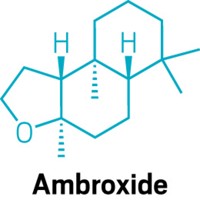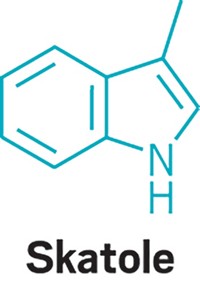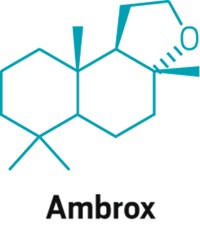Advertisement
Grab your lab coat. Let's get started
Welcome!
Welcome!
Create an account below to get 6 C&EN articles per month, receive newsletters and more - all free.
It seems this is your first time logging in online. Please enter the following information to continue.
As an ACS member you automatically get access to this site. All we need is few more details to create your reading experience.
Not you? Sign in with a different account.
Not you? Sign in with a different account.
ERROR 1
ERROR 1
ERROR 2
ERROR 2
ERROR 2
ERROR 2
ERROR 2
Password and Confirm password must match.
If you have an ACS member number, please enter it here so we can link this account to your membership. (optional)
ERROR 2
ACS values your privacy. By submitting your information, you are gaining access to C&EN and subscribing to our weekly newsletter. We use the information you provide to make your reading experience better, and we will never sell your data to third party members.
Food Science
Edible fungus yields new pineapple flavor molecule
The volatile compound replicates the aroma of hundreds of compounds in the real fruit
by Alla Katsnelson
February 16, 2020
| A version of this story appeared in
Volume 98, Issue 7

A fungus that bursts from the bark of birch trees produces a single molecule with the sweet smell of pineapple—an aroma usually formed by a mixture of many compounds (J. Agric. Food Chem. 2019, DOI: 10.1021/acs.jafc.9b06105). The smell of the new molecule “is able to duplicate hundreds of compounds which are present in real pineapple flavor,” says Ralf G. Berger of Leibniz University Hannover. Berger, with Miriam Grosse and colleagues, discovered (5E/Z,7E,9)-decatrien-2-one in the volatiles given off by the edible birch polypore fungus (Fomitopsis betulina). The 5Z stereoisomer of the molecule could be perceived at a lower concentration than the 5E isomer, while the 5E isomer was much more abundant. The researchers found that the 5E isomer appears to be a metabolite generated when polyketide synthesis in the fungus goes slightly awry (J. Agric. Food Chem. 2020, DOI: 10.1021/acs.jafc.9b07494). For commercial purposes, purifying a single scent compound from fungal cultures would be simpler than extracting multiple ones from a pineapple—or synthesizing the right mixture. The researchers envision using the molecule as a fragrance in natural cosmetics.





Join the conversation
Contact the reporter
Submit a Letter to the Editor for publication
Engage with us on Twitter